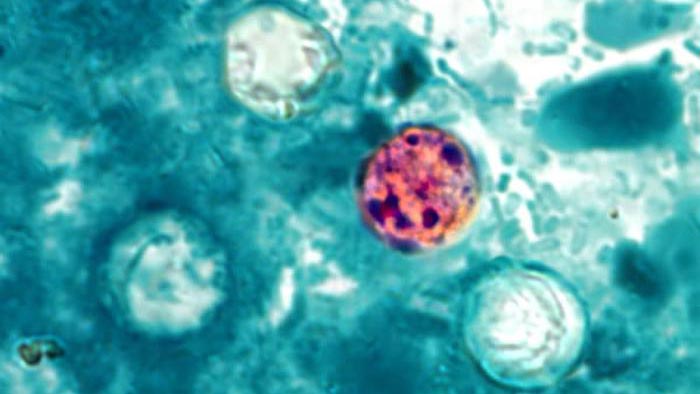
Local
Panel tests help and hinder outbreak investigations
Minnesota state health investigators were able to quickly identify a cyclospora outbreak with the help of a panel test that distinguishes between 22 pathogens that are likely candidates to make people sick. Testing at MDH is reserved for outbreak investigations; routine clinical testing is not available at MDH.
Hospital laboratories however have started to use similar tools, for example Mayo clinic has the same test in use. Previously clinics would have to order several different tests, each requiring their own sample and taking longer to run. While the news article about this test does not spesify it’s type, the description fits to PCR. In general, culture independent diagnostic tests (CIDT) are on the rise when talking about diagnostic samples.
CIDTs allow doctors to rapidly determine the cause of a patient’s illness. However, a shift toward CIDTs means that clinical laboratories may stop culturing, or producing bacterial isolates, from patients with foodborne illness. Without a bacterial isolate from the culturing process, public health scientists can’t perform tests that determine an organism’s strain or subtype (such as DNA fingerprints), resistance pattern, or other characteristics that are key to solving outbreaks.
National
Multistate cyclospora outbreak
The Centers for Disease Control and Prevention is investigating a Multistate Outbreak of Cyclosporiasis Linked to Del Monte Fresh Produce Vegetable Trays with 78 laboratory-confirmed cases and 4 hospitalisations on June 15th. So far cases have been found from four states: Iowa, Minnesota, Wisconsin, and Michigan.
Cyclospora is a single-celled parasite that causes an infection called cyclosporiasis. Symptoms often include watery diarrhea, loss of appetite, weight loss, cramping, bloating, increased gas, nausea and fatigue. People can become infected by consuming food or water contaminated with the parasite and symptoms begin usually around 7 days after ingestion.
The affected company has recalled vegetable trays containing fresh broccoli, cauliflower, celery sticks, carrots, and dill dip as most ill people reported eating these products before coming sick.
Global
Historical disease: Cowpox on a teenager
A 15-year-old boy has surprised doctors in United Kingdom by contracting cowpox, a disease that is nowadays so rare that it has not been seen in the region for decades. It is even rarer globally in both humans and animals. Human cases today are most often contracted from domestic cats.
The virus is found in Europe, mainly in the UK. Even though the virus name indicates cows, it is actually not commonly found from cattle. Reservoir hosts for the virus are woodland rodents such as voles. The name stems from history: the transferral of the disease was first observed in dairymaids who touched the udders of infected cows (that can get infected even though this is not very common) and consequently developed the signature pustules on their hands.
Cowpox virus resembles closely the mild form of smallpox. The observation that dairy farmers were immune from smallpox inspired the first smallpox vaccine, created and administered by English physician Edward Jenner. Smallpox is unique in that it's the only infectious disease to have ever been eradicated, and cowpox can be thanked for that.
Questions, comments, feedback about today's Weekly Update? Please email Dr. Heidi Vesterinen.
Receive the Weekly Update right in your inbox on Tuesdays and Thursdays. Subscribe now at z.umn.edu/WeeklyUpdateSubscribe
